Equipment
Callaway’s new XR OS irons and hybrids
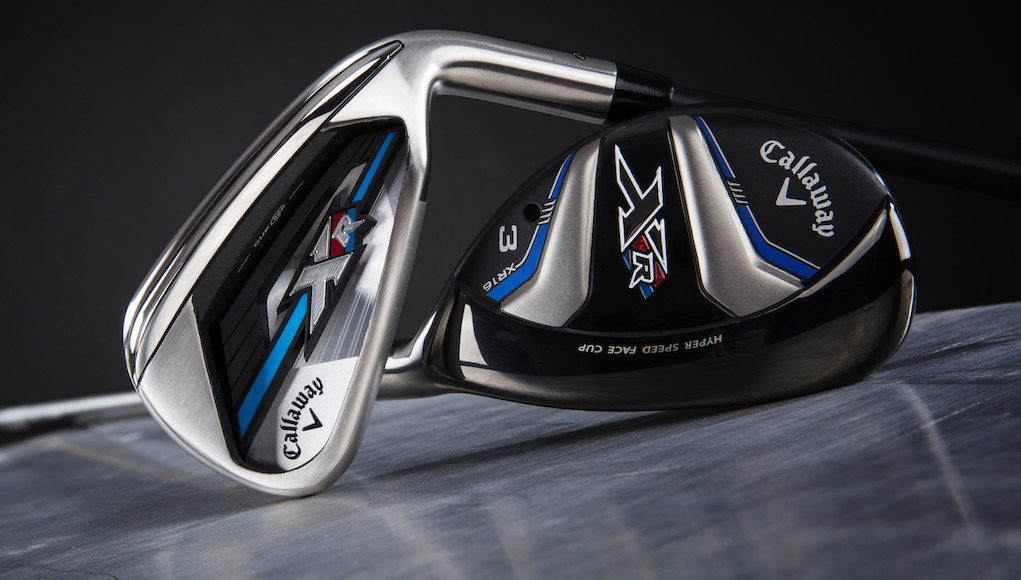
Callaway’s XR irons and hybrids from last year (the standard models, not the “Pro”) were classified as game-improvement clubs, industry code for high-launching, forgiving clubs with big profiles and wide soles. The new XR OS irons and hybrids — the “OS” stands for over-sized — are made to be super game-improvement clubs. That means they’re the highest launching, most forgiving irons and hybrids Callaway has made to date.
Who is the new XR OS line for? Golfers who are either inconsistent or have slow swing speeds, and need the longest, easiest-to-hit irons and hybrids possible. If you had interest Callaway Big Bertha irons, or super game-improvement clubs from another company, these are for you.
So what makes the XR OS line more forgiving, and how exactly will they help your game?
Callaway’s XR irons, released in 2015, were the first generation of irons to utilize Face Cup, a Callaway technology used to improve ball speed across the face, especially on mishits. The new XR OS irons have an improved Face Cup. The second-generation design has thinned out areas around the perimeter, making those areas faster, and a sweet spot located lower on the face where most high-handicap players tend contact the ball. The improvements give the XR OS irons higher ball speeds in the areas where golfers want to hit them (low and in the center of the face), as well as where they hit them when things go wrong.
Related: The best game-improvement irons of 2015
Many irons with extremely thin and fast faces can sacrifice feel due to the significant vibrations that can occur from such designs. To reduce those vibrations, Callaway engineers put TPU between the face and the cavity — called a “snubber” — ultimately improving sound and feel.
For a higher launch and better contact, Callaway redesigned the soles with a trailing-edge bevel. It has the two-fold benefit of moving the center of gravity (CG) lower and more rearward, as well reducing turf interaction to help golfers make cleaner contact for longer-flying, more consistent shots.
Another problem that high-handicappers and slow-swingers face is differentiating the distance their long irons fly. For instance, maybe their 3, 4 and 5 irons all carry within 5-10 yards of each other. That hardly justifies the need to have all these clubs in the bag. But with the XR OS irons, Callaway has added loft and length to the longer irons, helping golfers spread yardage gaps and establish proper spacing throughout the set.
Here’s a look at the progressive loft-gapping, showing the differences in lofts between irons throughout the set: 4-6 irons (3 degrees of change), 6-8 irons (3.5 degrees), 8-9 irons (4 degrees), 9-PW-AW-SW (5 degrees). All of the lofts are below:
- 4-iron: 22 degrees
- 5-iron: 25
- 6-iron: 28
- 7-iron: 31.5
- 8-iron: 35
- 9-iron: 39
- PW: 44
- AW: 49
- SW: 54
The spacing makes creating a combo set more seamless since yardage gaps are more identifiable, according to Callaway.
The XR OS hybrids, like the irons, are the highest launching and most forgiving option in Callaway’s stable of hybrid offerings. They feature wider soles and larger profiles, and utilize the latest Hyper Speed Forged Face Cup for high ball speeds across the club face. They also have a low and back CG, a high moment of inertia (MOI) and increased draw-bias, making them easier to get airborne and turn over compared with the original XR hybrids.
A new sole, which Callaway calls “Dual-Keeled Utility,” is large, but is said to reduce ground contact by 50 percent, improving the versatility of the hybrids.
The XR OS hybrids (3, 4, 5, 6 and 7) come stock with a Mitsubishi Fubuki AT 60 shaft, and are available Jan. 22 for $219.99. The XR OS irons will be available on Jan. 22 in both steel, graphite, and combo-set offerings.
XR OS Pricing
- Steel: $799.99
- Graphite: $899.99,
- Steel Combo Set: $899.99
- Graphite Combo Pricing: $999.99
- Available Irons: (4-SW)
See more photos and join the discussion in the forums.
- LIKE135
- LEGIT32
- WOW10
- LOL9
- IDHT9
- FLOP7
- OB6
- SHANK44
Whats in the Bag
Kris Kim WITB 2024 (May)

- Kris Kim what’s in the bag accurate as of the CJ Cup Byron Nelson. More photos from the event here.
Driver: TaylorMade Qi10 (9 degrees @7)
Shaft: Mitsubishi Tensei 1K White 60 TX
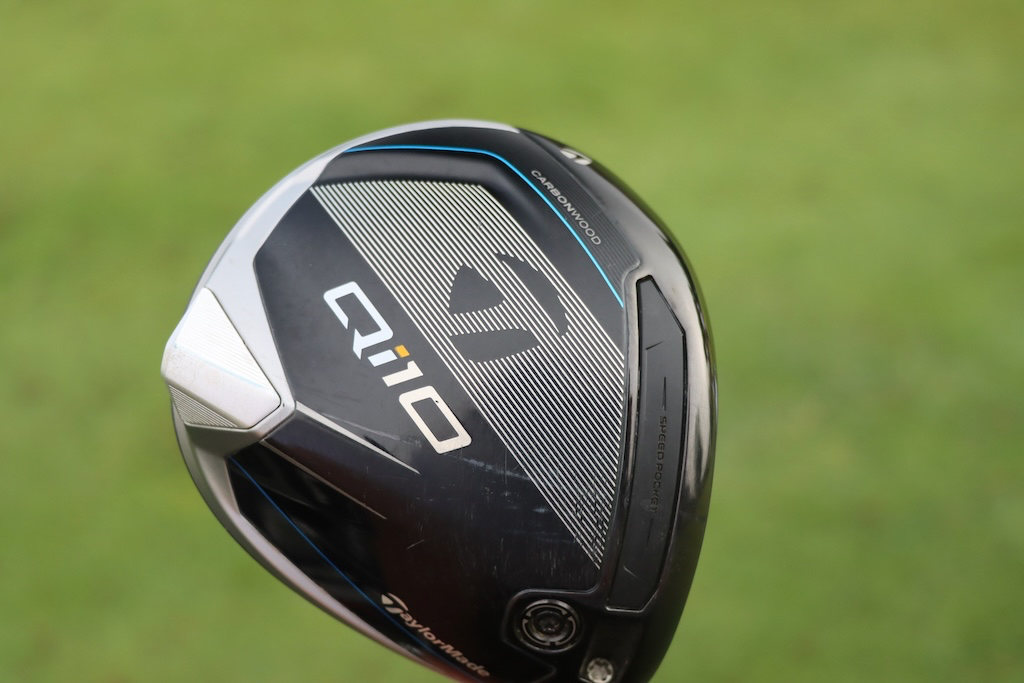

3-wood: TaylorMade Qi10 Tour (15 degrees @13.5)
Shaft: Mitsubishi Diamana WB 73 TX
Irons: TaylorMade P770 (2, 4), TaylorMade P7MB (5-PW)
Shafts: Mitsubishi Tensei 1K White 80 TX (2), Nippon N.S. Pro Modus3 Tour 120 X
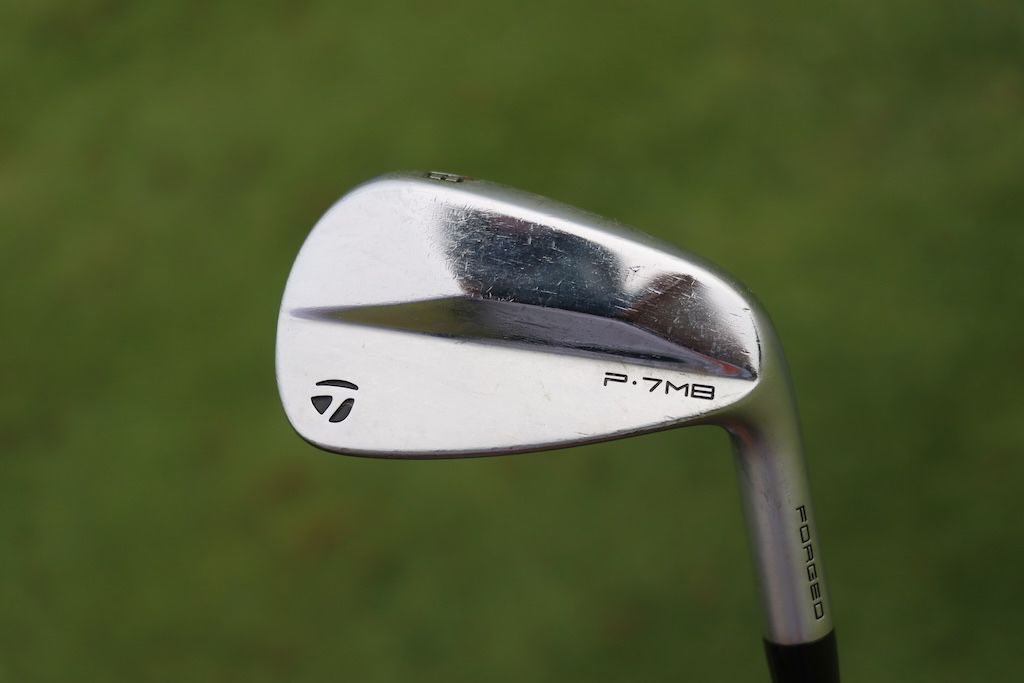

Wedges: TaylorMade MG4 (50-09SB, 56-12SB, 60-11TW)
Shafts: Nippon N.S. Pro Modus3 WV 125
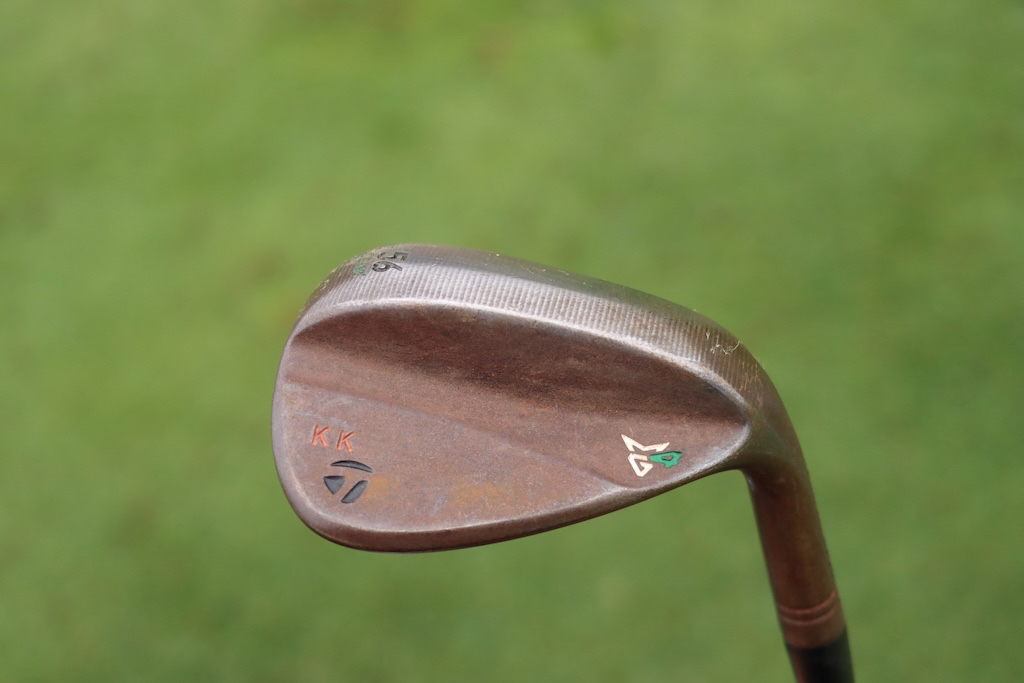

Putter: TaylorMade Spider Tour
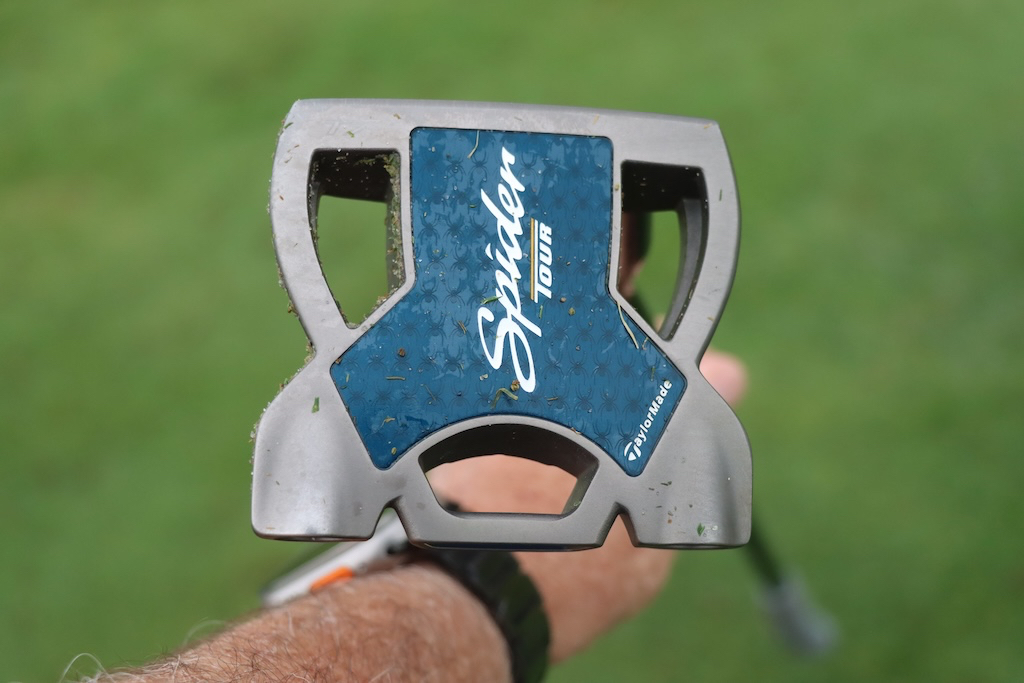
Grips: Golf Pride Tour Velvet Cord
Check out more in-hand photos of Kris Kim’s equipment here.
View this post on Instagram
- LIKE0
- LEGIT0
- WOW0
- LOL0
- IDHT0
- FLOP0
- OB0
- SHANK0
Equipment
Welcome to the family: TaylorMade launches PUDI and PDHY utility irons
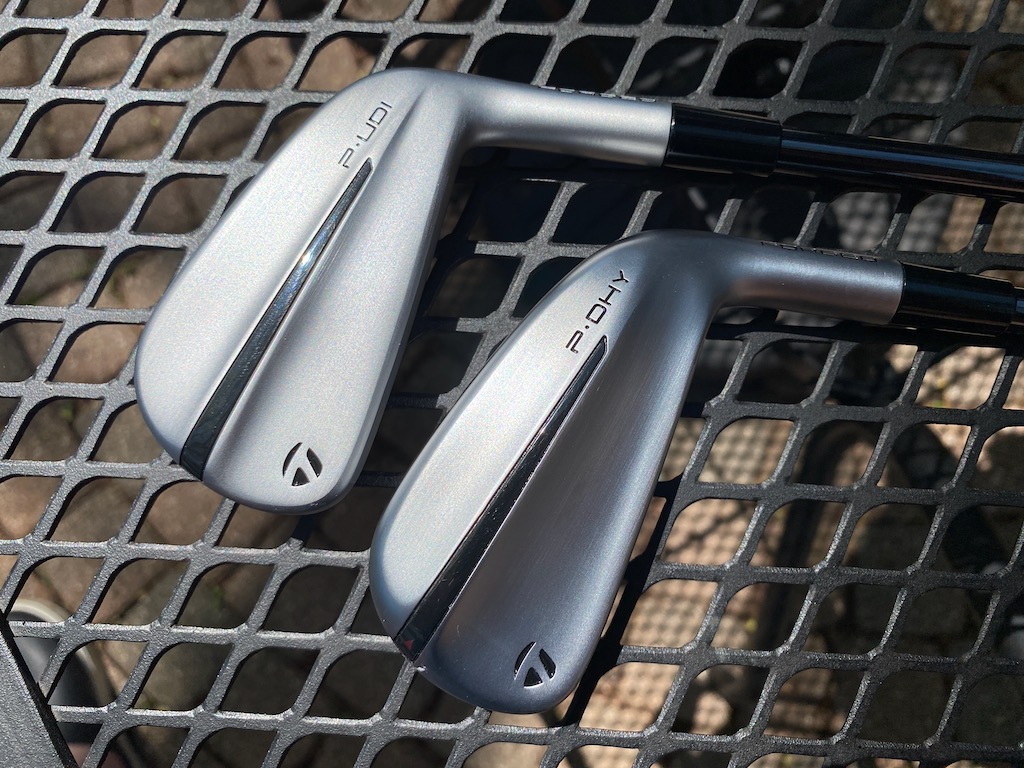
TaylorMade is continuing its UDI/DHY series with the successor to the Stealth UDI and DHY utility irons: PUDI and PDHY (which the company styles as P·UDI and P·DHY). TaylorMade is folding the designs in with its P Series of irons.
TaylorMade outlined the process of developing its new utilities this way. The company started with the data on utility iron usage. Not surprisingly, better players — i.e. those who generate more clubhead speed and strike the ball more precisely — were found to gravitate toward the UDI model. DHY usage, however, covered a wider swath than the company might have expected with six-to-18 handicappers found to be bagging the club.
TaylorMade also found that the majority of golfers playing UDI or DHY utilities were playing P Series irons at the top of their iron configurations.
Can you see where this is going?
Matt Bovee, Director of Product Creation, Iron and Wedge at TaylorMade: “As we look to the future, beyond the tech and the design language, we are excited about repositioning our utility irons into the P·Series family. P·UDI is an easy pair for players that currently play P·Series product and P·DHY is an extremely forgiving option for players of all skill levels. It is a natural fit to give these players the performance in this category that they are looking for.”
View this post on Instagram
TaylorMade PUDI
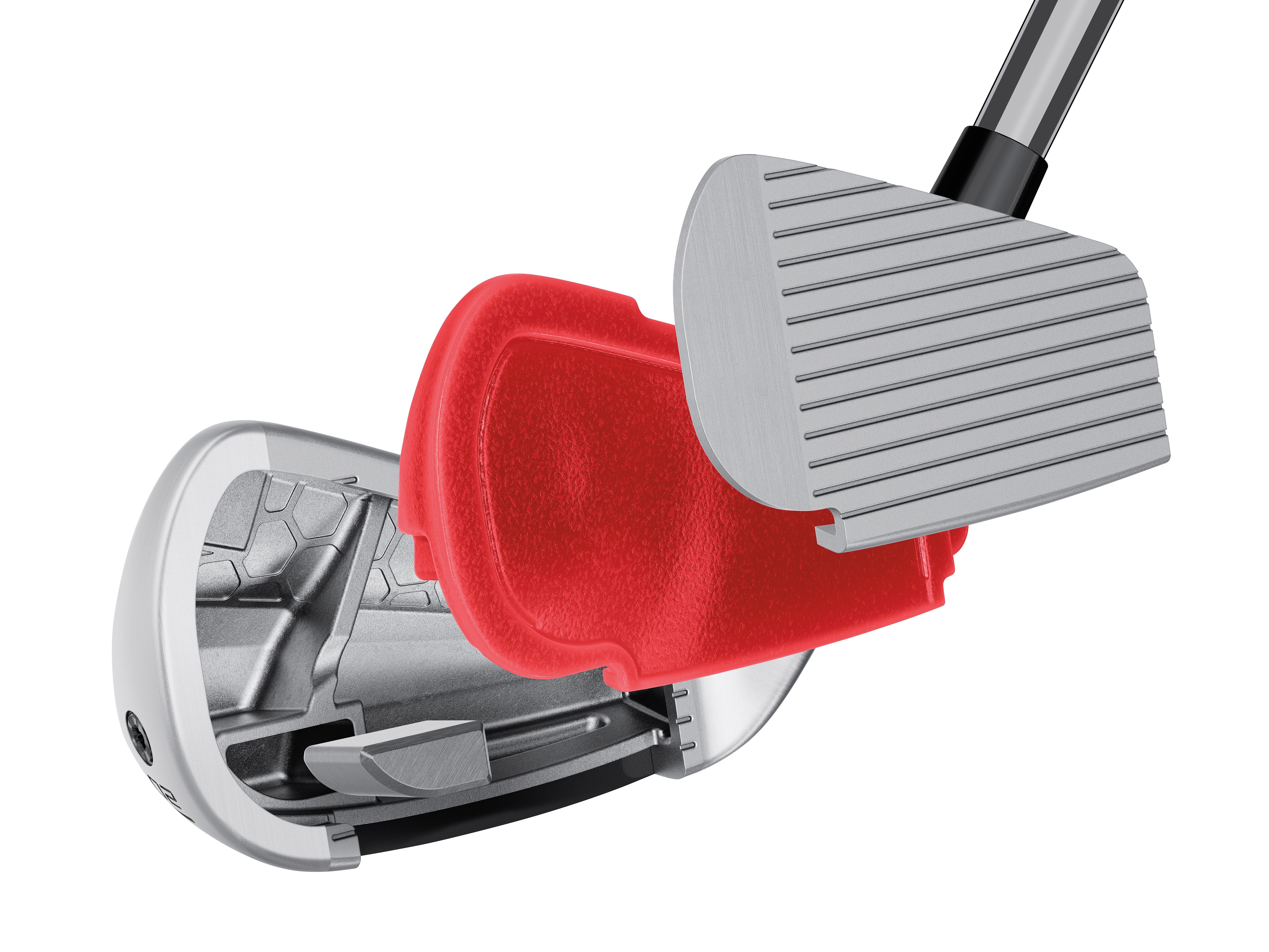
TaylorMade PUDI technology cutaway (via TaylorMade)
Crafted with tour player input, TaylorMade sought to develop a confidence-inspiring utility iron that blends with the rest of the P Series irons. Also of note: Interestingly, the PUDI has a more compact head than the P790.
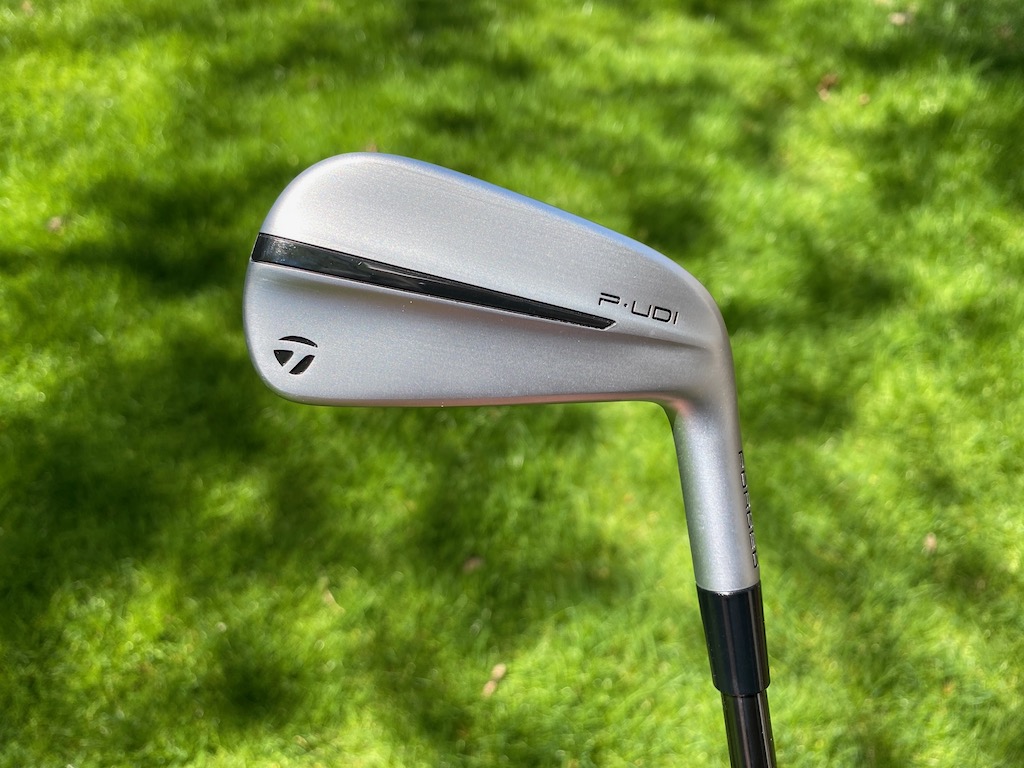
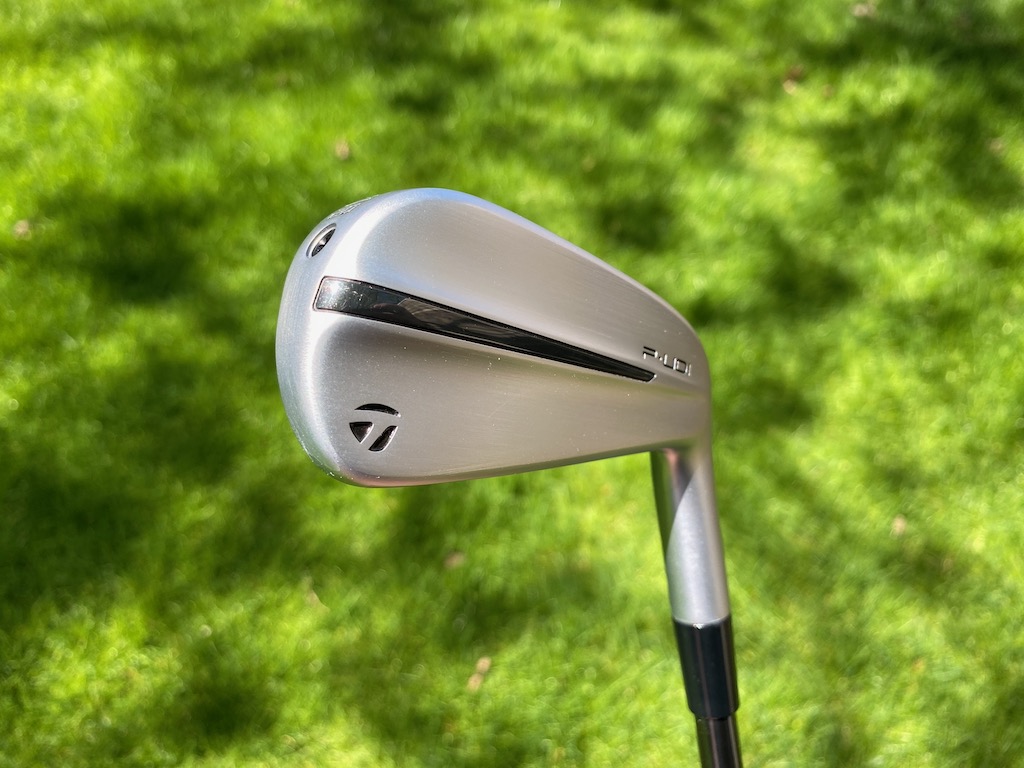
In comparison to past UDI products, the PUDI has a more traditional iron shape, slimmer toplines, and less offset with a little of the backbar visible at address.
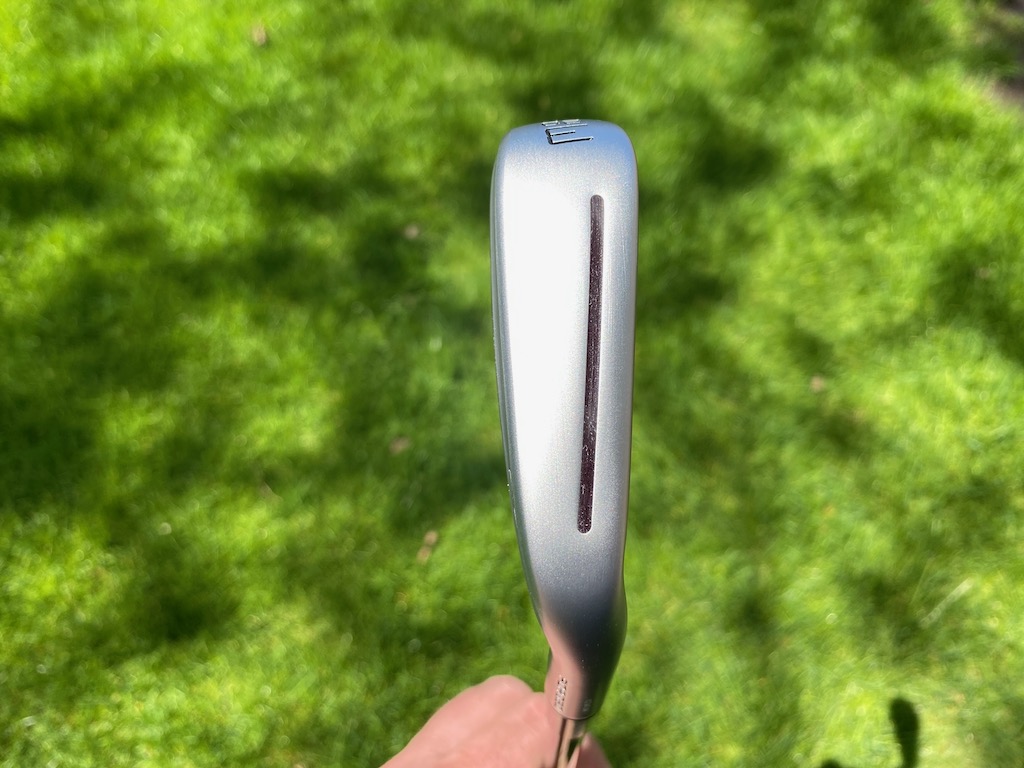

TaylorMade PDHY
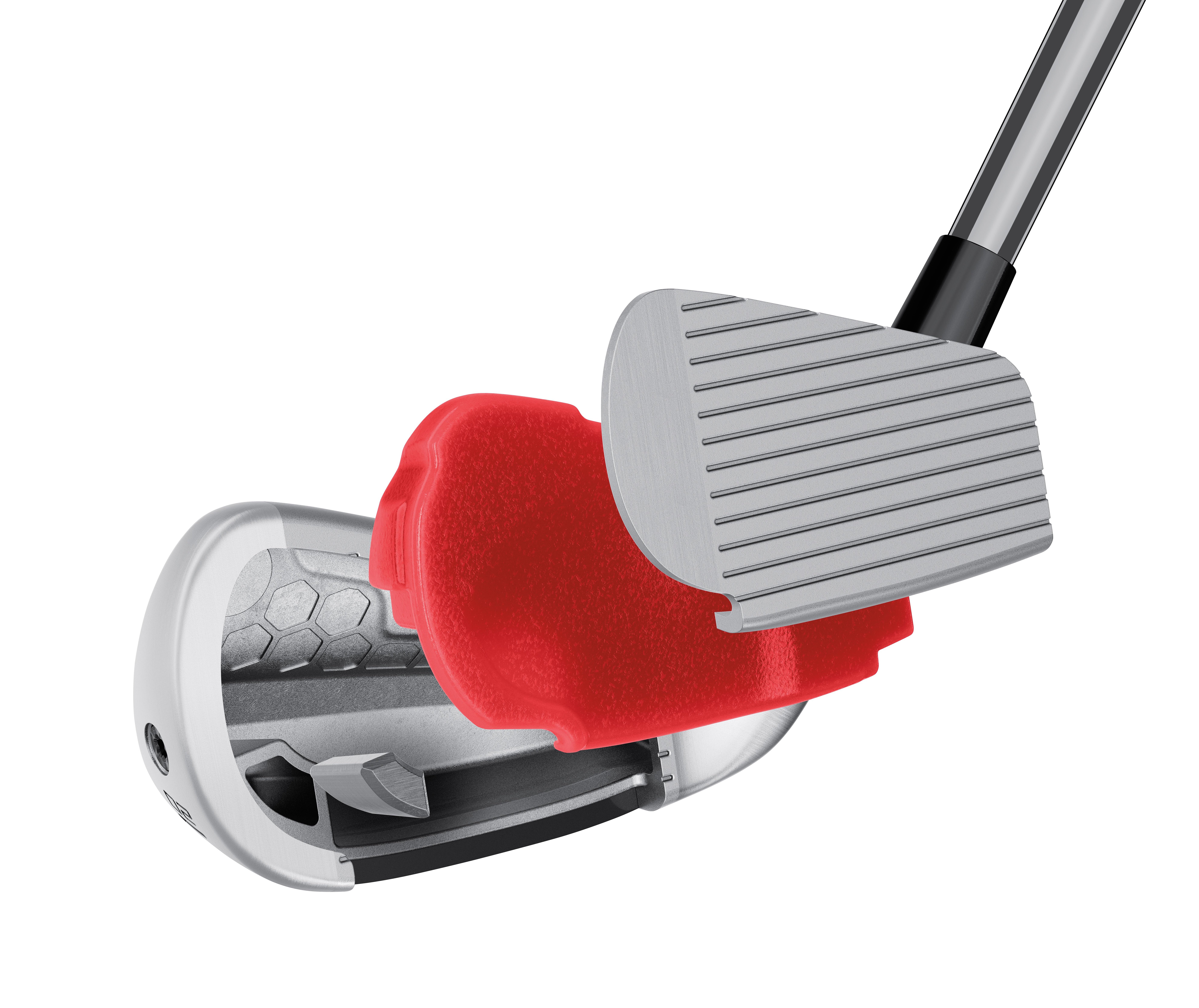
TaylorMade PDHY tech cutaway (via TaylorMade).
Larger in profile than the PUDI, the PDHY seeks to position center of gravity (CG) lower in the club for ease of launch. The toe height is larger and the profile is larger at address — roughly five millimeters longer than PUDI — the sole of the club is wider for improved forgiveness.
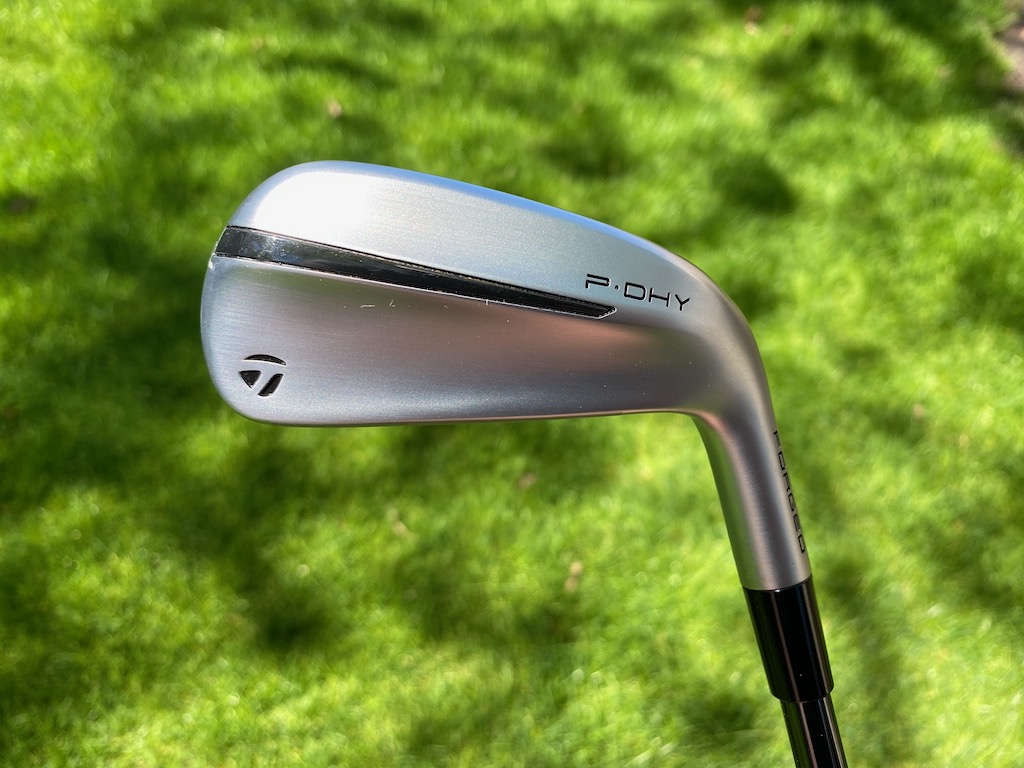



Club Junkie’s take
Golfers who feel like they are missing something at the top of the bag could find the PUDI or PDHY a great option. The look of the PUDI should fit the most discerning eye with a more compact look, less offset, and a thinner topline. If you want a little more confidence looking down the P-DHY will be slightly larger while still being a good-looking utility iron.
For being small packages both models pack a pretty good punch with fast ball speeds, even off-center. The feel is soft and you get a solid feel of the ball compressing off the face when you strike it well. Your ears are greeted with a nice heavy thud as the ball and club come together. The PDHY will launch a little higher for players who need it while the PUDI offers a more penetrating ball flight. Both utility irons could be the cure for an open spot in the top end of the bag.
PUDI, PDHY, or Rescue?
TaylorMade offers the following notes to assist golfers in filling out their bags:
- PUDI has mid-CG right behind the center face to create a more penetrating mid-to-low ball flight
- PDHY has a lower center of gravity to produce an easier-to-launch mid-to-high ball flight.
- Both PUDI and PDHY are lower-flying than the company’s hybrid/Rescue clubs.
- PUDI is more forgiving than P790.
- PDHY is the most forgiving iron in the entire TaylorMade iron family
Pricing, specs, and availability
Price: $249.99
At retail: Now
Stock shafts: UST Mamiya’s Recoil DART (105 X, 90 S and 75 R – only in PDHY)
Stock grip: Golf Pride’s ZGrip (black/grey)
PUDI lofts: 2-17°, 3-20°, 4-22° in both left and right-handed
PDHY lofts: 2-18°, 3-20° and 4-22° in both left and right-handed
- LIKE15
- LEGIT4
- WOW3
- LOL3
- IDHT1
- FLOP2
- OB2
- SHANK4
Equipment
Coolest thing for sale in the GolfWRX Classifieds (5/3/24): Scotty Cameron Champions Choice 2.5+ putter

At GolfWRX, we are a community of like-minded individuals that all experience and express our enjoyment of the game in many ways.
It’s that sense of community that drives day-to-day interactions in the forums on topics that range from best driver to what marker you use to mark your ball. It even allows us to share another thing we all love – buying and selling equipment.
Currently, in our GolfWRX buy/sell/trade (BST) forum, there is a listing for a Scotty Cameron Champions Choice 2.5+ putter
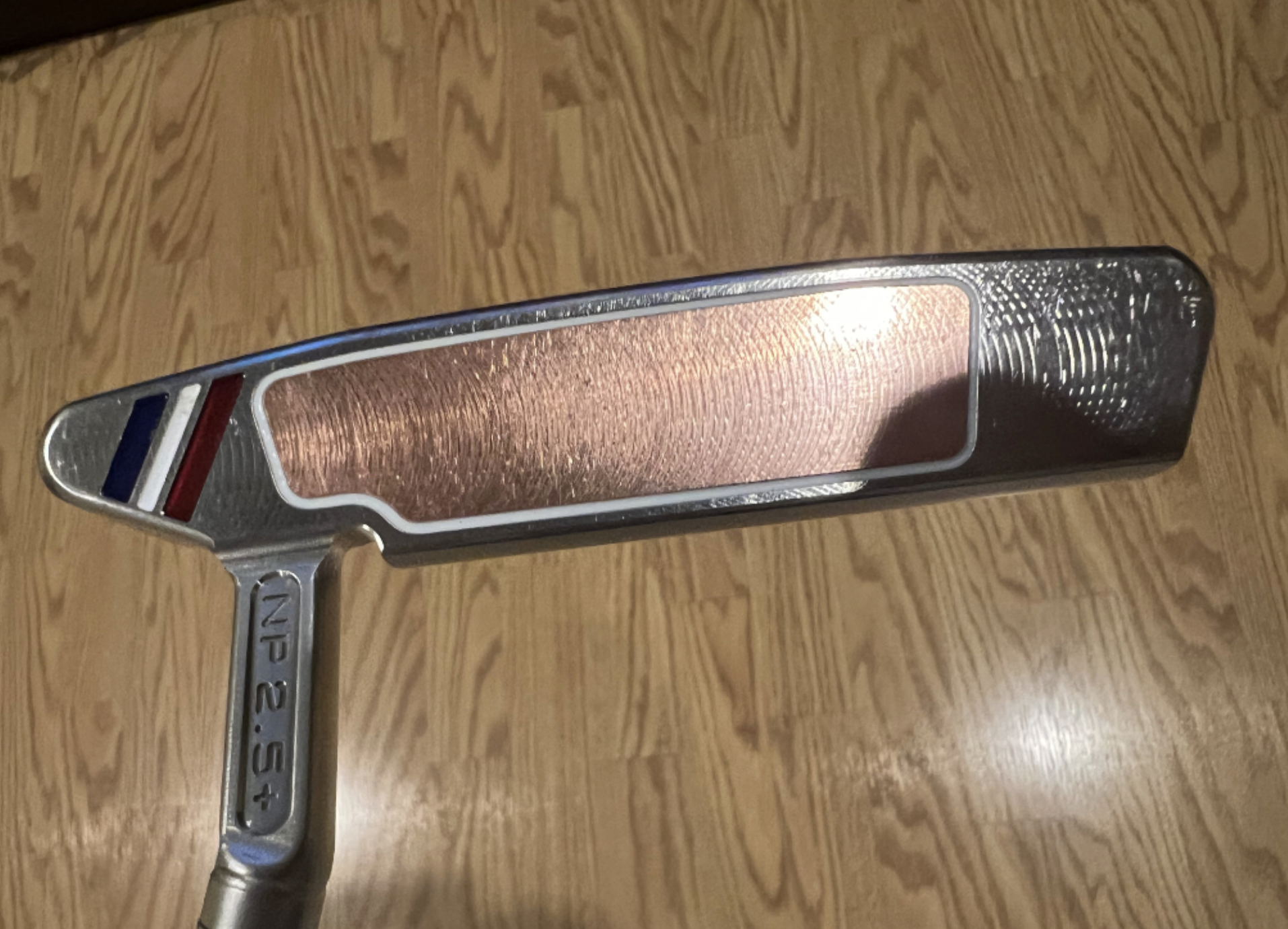
From the seller: (@wwcl): “Has been gamed as pics show. 33.5 includes original h/c and grip. $575 includes shipping and PP fees.”
To check out the full listing in our BST forum, head through the link: Scotty Cameron Champions Choice 2.5+ putter
This is the most impressive current listing from the GolfWRX BST, and if you are curious about the rules to participate in the BST Forum you can check them out here: GolfWRX BST Rules
- LIKE1
- LEGIT1
- WOW0
- LOL0
- IDHT0
- FLOP0
- OB0
- SHANK0
-

 19th Hole2 weeks ago
19th Hole2 weeks agoJustin Thomas on the equipment choice of Scottie Scheffler that he thinks is ‘weird’
-

 19th Hole2 weeks ago
19th Hole2 weeks ago‘Absolutely crazy’ – Major champ lays into Patrick Cantlay over his decision on final hole of RBC Heritage
-

 19th Hole3 weeks ago
19th Hole3 weeks agoTwo star names reportedly blanked Jon Rahm all week at the Masters
-

 19th Hole3 weeks ago
19th Hole3 weeks agoReport: LIV Golf identifies latest star name they hope to sign to breakaway tour
-

 19th Hole3 weeks ago
19th Hole3 weeks agoNeal Shipley presser ends in awkward fashion after reporter claims Tiger handed him note on 8th fairway
-

 19th Hole3 weeks ago
19th Hole3 weeks agoBrandel Chamblee has ‘no doubt’ who started the McIlroy/LIV rumor and why
-

 19th Hole1 week ago
19th Hole1 week agoLET pro gives detailed financial breakdown of first week on tour…and the net result may shock you
-

 Equipment3 weeks ago
Equipment3 weeks agoJason Day on his recent switch into Srixon ZX5 and ZX7 Mk II irons

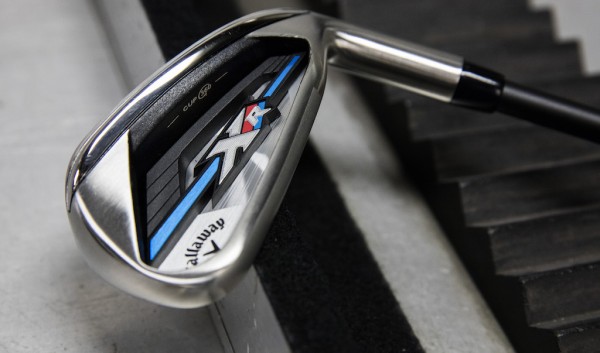
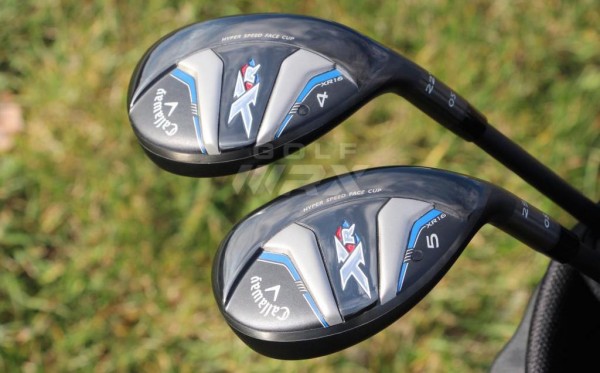
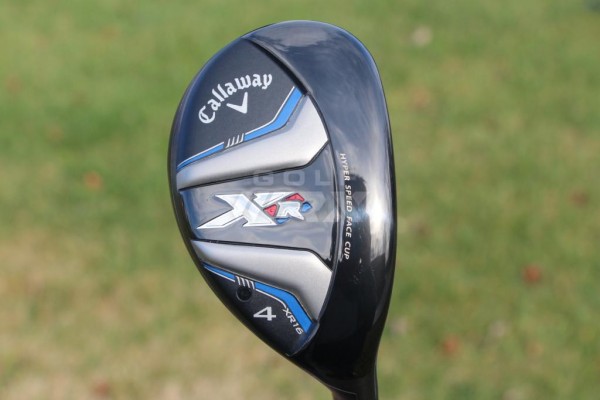
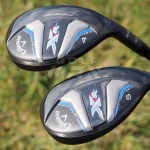
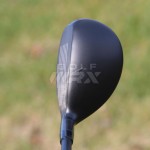
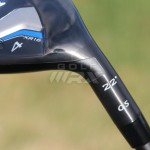
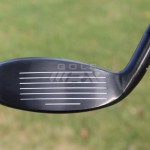
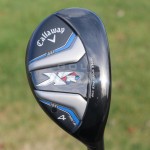
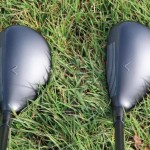
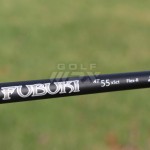
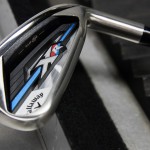
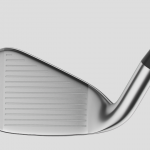



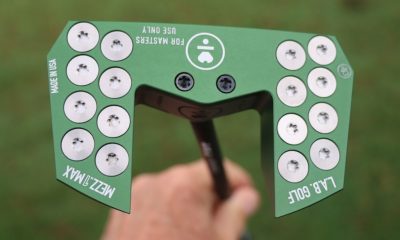

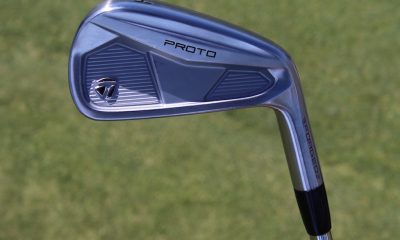

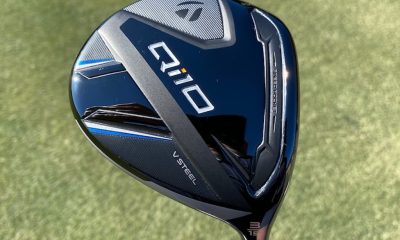

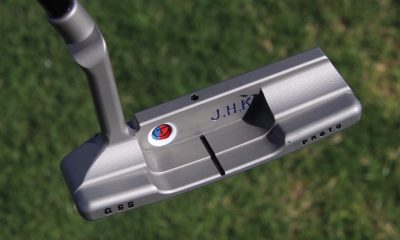



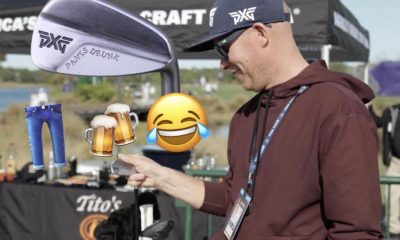
















Furious Styles
Jun 17, 2017 at 11:36 pm
Timmy?
Eric
Jan 17, 2016 at 9:55 pm
Unbelievable. Go back 15 years ago, and their irons and hybrids look exactly the same as these. What a joke. Take a hint from titleist or ping and release clubs every other year.
Philip
Jan 14, 2016 at 11:04 pm
Hard to believe an OEM got the loft gapping backwards…I do not know who is testing this stuff, but it is not the average golfer. How do they think reducing lofts in the lower irons increases yardages between the clubs. And increasing shaft lengths just guarantees poorer results for average golfers who struggle with lengths longer than 7 irons, let alone lengths for a 4 iron (with a 3 iron loft) that is longer than 1 irons used to be.
Marcus
Jan 14, 2016 at 11:26 pm
These types of clubs are designed with the novice golfer in mind. These golfers are not likely to be as consistent as the mid-low handicapper; they are more likely to be impressed and excited by the distance gains they get from lower lofts and longer shafts. They probably aren’t going to hit these clubs any more consistently than their half-an-inch shorter counterparts, so why would you focus on length and lofts for consistency when you can design a club with game-improvement tech and focus on distance? The vast majority of average players want to see distance gains.
Philip
Jan 14, 2016 at 11:51 pm
Except they would get likely get more distance with higher lofts and shorter lengths in the lower/mid irons as longer lengths only help if it doesn’t result in a worse impact. I reduced my lengths to improve my ball striking to great success when I was a mid-high handicapper and may just keep them shorter as I move forward. I was also experimenting with my lofts and decided to increase them 1-2 degrees to have 4 degree differences and was pleasantly surprised by my rather large distance gains (better ball flight for my setup) when I was willing to accept some yardage loses based on the current “wisdom” of the OEMs. For the longest time a 4 iron was 38 inches long and 24/25 degrees because the average golfer just couldn’t hit longer shafts or less loft with much success – at least until the marketing departments could show increases with an Iron Byron machine, which I am not. Besides, all I really care about is that there is only 3-4 months till the 2016 golf season! Cheers.